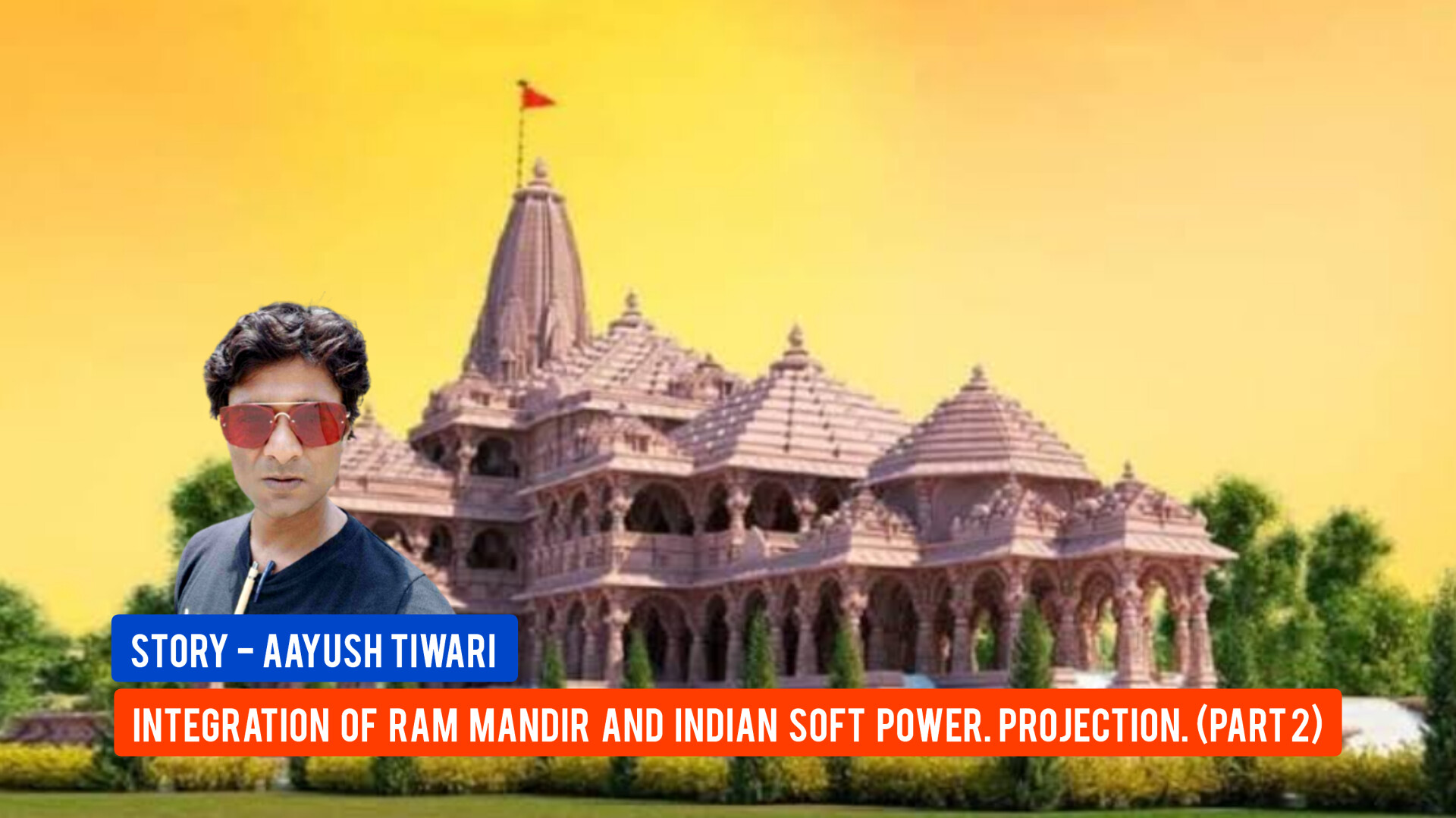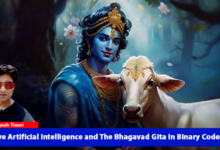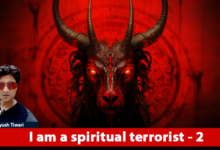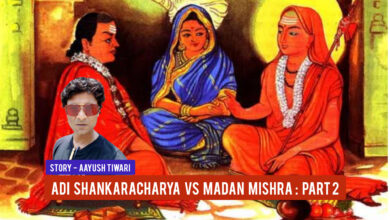
Hindutv Model : Lok Sabha Elections 2024.
“Moreover, the construction of Ram Mandir has also drawn international attention towards India and has strengthened the country’s soft power projection. Soft power is a crucial aspect of a nation’s influence in the global arena, and India has been steadily increasing its soft power through its cultural diversity, economic growth, and now the construction of Ram Mandir.”
In a country as diverse as India, politics and religion have always been intricately intertwined. The upcoming Lok Sabha elections in 2024 are no different and are set to witness the culmination of a long-standing political agenda – the integration of Ram Mandir, soft power projection, and the Hindutva model.
The construction of Ram Mandir in Ayodhya has been an emotive issue for decades, with the Bharatiya Janata Party (BJP) making it a crucial aspect of their agenda. The Ram Janmabhoomi-Babri Masjid dispute has been a polarizing issue, but the recent Supreme Court verdict granting the disputed land for the construction of a Ram Mandir has now given the BJP a major political advantage.
The integration of Ram Mandir into the political narrative not only creates a sense of religious unity but also plays on the sentiments of the majority Hindu population. This move by the BJP has solidified their position as the champion of Hindutva ideology, which aims to establish a Hindu Rashtra (nation) in India. This narrative has resonated with a large portion of the Indian population, which has been a key factor in the party’s success in recent elections.
Moreover, the construction of Ram Mandir has also drawn international attention towards India and has strengthened the country’s soft power projection. Soft power is a crucial aspect of a nation’s influence in the global arena, and India has been steadily increasing its soft power through its cultural diversity, economic growth, and now the construction of Ram Mandir.
The global recognition of India’s cultural and religious diversity through the successful integration of Ram Mandir will further enhance the country’s soft power projection. It will not only attract tourists but will also create a positive image of India in the eyes of the world.
Furthermore, the integration of Ram Mandir into the political narrative also serves as a unifying force for the Hindu community. The BJP, under the leadership of Prime Minister Narendra Modi, has successfully used the Hindutva model to bring together people from different castes and communities under one common umbrella of Hindu identity. This has played a major role in the party’s victories in the recent state elections and is expected to have a significant impact on the 2024 Lok Sabha elections as well.
The Hindutva model not only focuses on religious solidarity but also promotes cultural nationalism and economic development. The success of the BJP in implementing policies such as the Goods and Services Tax (GST) and demonetization has further solidified their position as a party that is working towards the progress of the country.
In conclusion, the integration of Ram Mandir, soft power projection, and the Hindutva model is a strategic move by the BJP towards the 2024 Lok Sabha elections. It not only serves as a means to secure the majority vote but also projects India as a strong and culturally rich nation on the global stage. The success of this narrative lies in its ability to unite the Hindus under one umbrella, projecting a strong and confident India to the world. It is now up to the voters to decide whether this integration will lead to the BJP’s victory in 2024 or if a different narrative will take over the political landscape.





